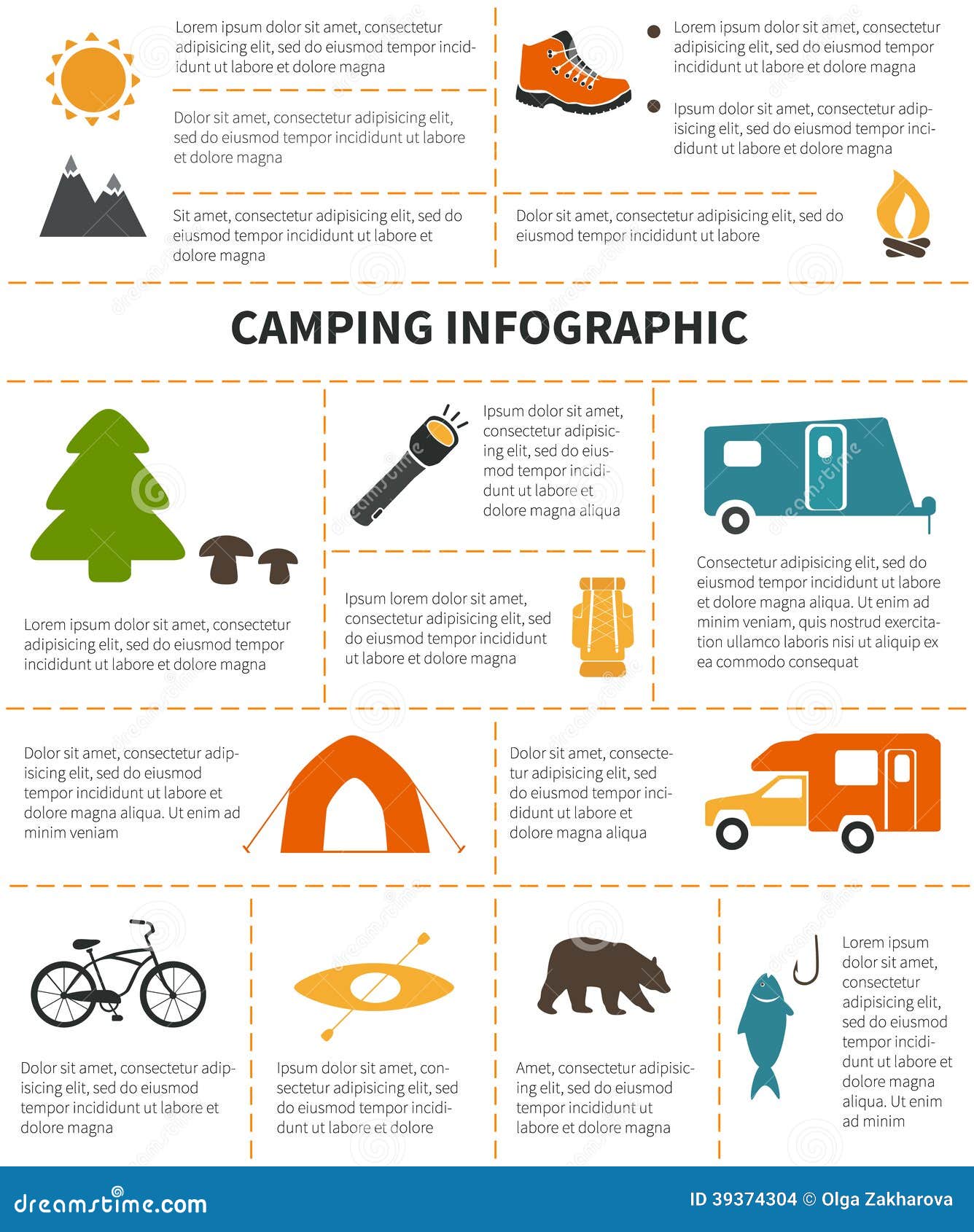The Grasp Hitch is a basic and secure method to establish outdoor tents man lines. It's also an excellent technique for backing out a stubborn camping tent peg. It can likewise be made use of to create a flexible tarp man line where the change is made at the tent/tarp end. It serves in high winds as it doesn't slide.
1. Bowline
Bowline is a knot that makes a loophole at one end of a rope. It's easy to tie and unknot, and it withstands jamming rather well.
It's likewise an excellent knot to use for signing up with 2 lines together, although it's usually advised that you use a various method (such as a sheet bend or square knot) for this function, to prevent having the two separate bowlines wear against each other gradually and deteriorate the line.
One potential problem with bowlines is that they can easily jam or bind if the functioning end is inaccurately gone through the rabbit opening. A number of essential failures have actually been reported as a result of this, especially when made use of in climbing applications. To assist prevent this from taking place, you can make a left-handed bowline by passing the end around the standing part of the loophole rather than via it, as shown in the computer animation below. This variation supposedly carries out better and endures ring stress (a distending force used either side of the knot) far better than the conventional bowline.
2. Grasp Hitch
Using these grasping drawbacks to safeguard your guy lines assists you stay clear of the issue of your line jamming while changing or tightening them. They are additionally valuable when attaching a line to an object that is more challenging to get to than your standing end, such as a tree or large anchor things.
The Grasp Drawback is a friction knot that can be quickly changed up or down the line while slack but holds firm under load. It is useful for tensioning ridgelines or person lines and for camping applications to protect tarpaulins or outdoors tents.
To link the Grip Hitch, pass the working end around the standing part two times and put it under itself. To tighten, pull on the working end to produce a bight and afterwards use the bight to safeguard the knot to itself. For added safety and security, you can cover the functioning end around the standing component three times to increase friction and avoid the hitch from sliding under tons.
3. Midshipman's Hitch
Likewise referred to as the Taut Line Hitch (ABOK # 1856, p 310), Adjustable Hitch, or Rigger's Hitch this knot produces an adjustable loop at the end of a rope that can be slid up and down the standing end but still holds tightly when tightened. It is additionally very easy to unknot while under tons.
Ashley suggests this knot for a camping tent person line since unlike the bowline it can be connected while under lots and is much less susceptible to twisting. It also forms an intermediate Awning Drawback that can take the first load while tying the last Fifty percent Drawback
To use this knot wrap the functioning end around an item such as a pole or cleat. Next canvas backpack pass it back toward the things with the very first Half Hitch producing a 2nd Awning Drawback. Ultimately surface connecting the final Half Hitch and draw hard to outfit and tighten up. For extra safety wrap a second Midshipman's Hitch on top of the first.
4. Flexible Grasp Drawback.
The Adjustable Grip Drawback, likewise referred to as the Crawley Adjustable Hitch and the Adjustable Loophole Knot, is a friction drawback that can be conveniently changed up or down a line with slack however holds firm under lots. It is frequently used for adjusting outdoor tents ridge lines or tarps around camp.
This slide-and-grip knot provides excellent hold and is simpler to tie than the Tautline Drawback or Midshipman's Hitch, yet should not be used for critical applications because it might slide when shock loaded. It can be boosted by adding added starting turns to raise the "hold" and friction in unsafe materials.
To connect this friction drawback, pass the functioning end around the item, after that wrap it back alongside itself and put completion under the second turn. Draw the working end to tighten up the knot.
